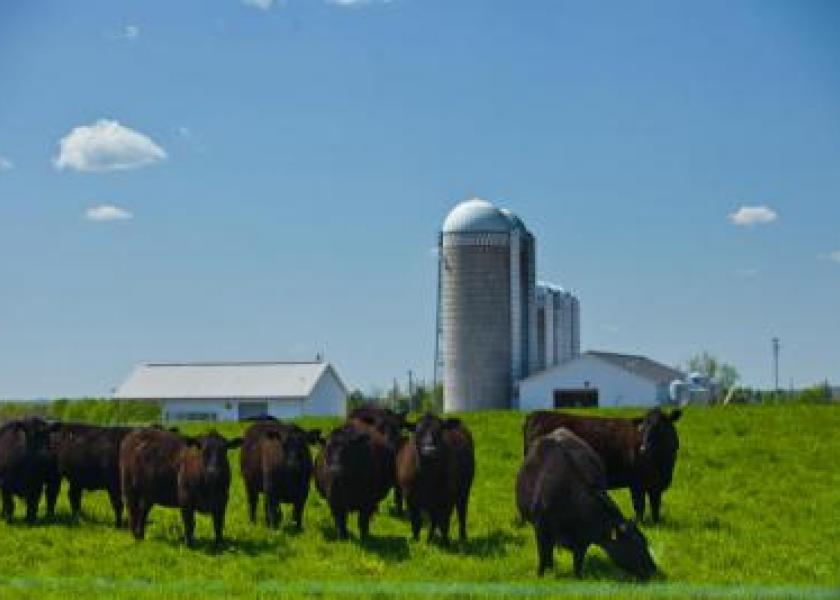Grass Tetany Prevention

As pastures and small grain fields begin to green up, and livestock owners make plans to begin early spring grazing passes, keep in mind the risk of grass tetany.
By: Rory Lewandowski, Ohio State University, Extension Educator
Grass tetany is caused by low blood magnesium (Mg) level. Magnesium is one of the macro minerals required by animals and it is involved in crucial metabolic functions such as the transmission of nerve impulses and muscle contraction. About 70% of the total body content of magnesium is stored in bones and teeth and adequate blood levels of magnesium are dependent upon daily magnesium intake.
Cool season grasses and small grains such as wheat and rye grazed in the early spring present the greatest risk for grass tetany problems. These forages are most often low in magnesium and calcium and high in potassium. In addition, during the early spring when soils are cool and if soil potassium levels are high, these species will take up potassium more readily than magnesium, adding to the risk of grass tetany developing in susceptible animals.
All livestock are not at equal risk to develop grass tetany. A cow's requirement for magnesium increases after calving. Cows nursing calves that are under 4 months of age are at greatest risk for grass tetany when they are grazing lush, rapidly growing grass pastures. Steers, heifers, dry cows and lactating cows with calves over 4 months in age are all at lower risk for grass tetany. In general, mature animals are more at risk than young animals because mature animals are not able to mobilize Mg from bones as readily as a young animal when blood Mg levels drop.
The best way of dealing with grass tetany is through prevention. High risk animals grazing lush, rapidly growing grass pastures should be provided with supplemental magnesium. Free-choice high magnesium mineral should contain 12 to 15% magnesium from magnesium oxide. Cattle need to consume four ounces of the mineral supplement daily. To help encourage intake, it can be mixed with grain or a flavoring agent like molasses. A high magnesium mineral mix can be started at least one to two weeks before the early spring grazing period and continue through late spring when forages are more mature and temperatures are consistently warmer.







